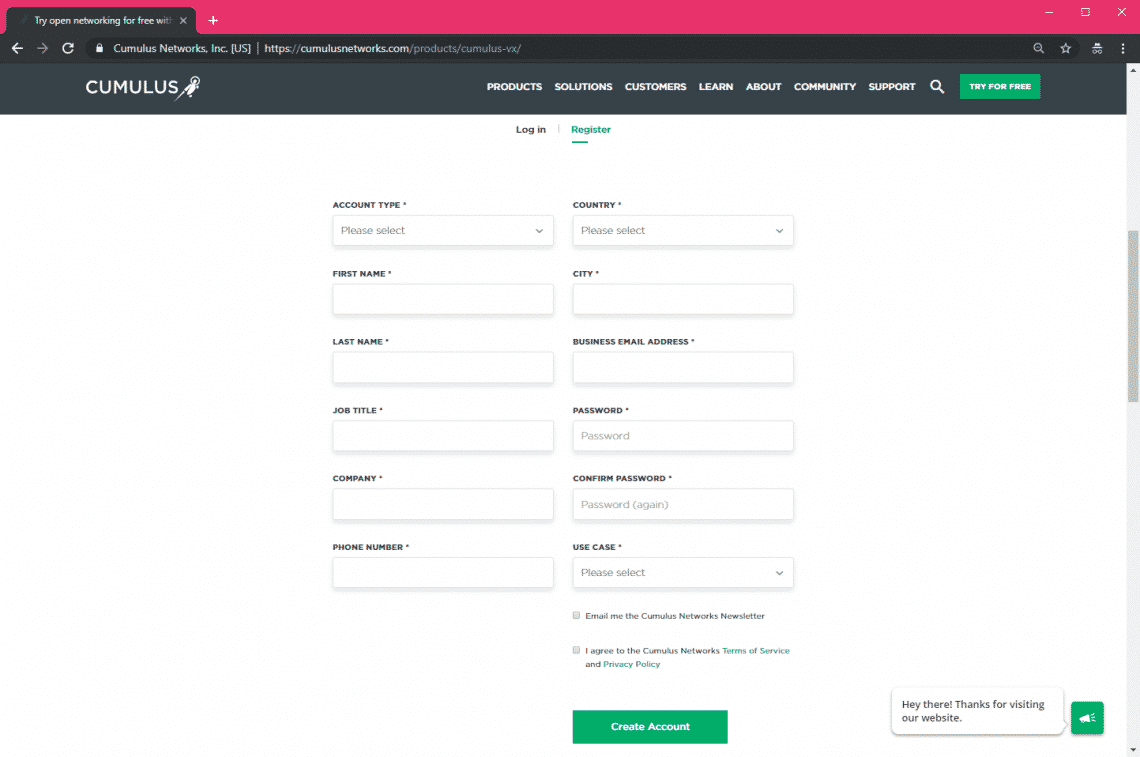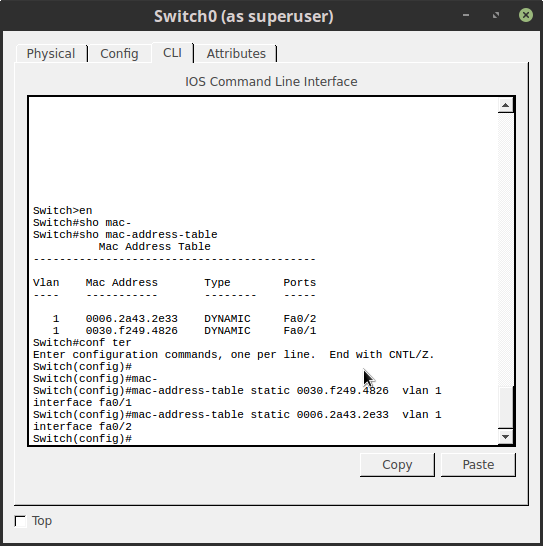
The 4 clients are separated in 2 different subnets. The 4 clients are in the same broadcast domain / subnet Note : in our lab, route-distinguisher is constructed on the model : Below the lab diagram + the yml file associated Note: yml is indentation sensitive, so please respect the "double space" used to define hierarchy. Note: If the tag is "latest" it is not needed.Īll supported "kinds" are referenced there : For the images, it's important to take the repository name + tag. We can see there is a branch "kinds" where we can define templates of nodes, in order to not rewrite whole parameters when creating nodes. In our lab, we've started with the 5-clos lab file from Nokia site, which we've forked. Once you've got all your images, to run the lab, you'll need a.

Networkop/ignite dev dcc5eff29355 4 weeks ago 37.9MB Once downloaded (.tgz file typically) you can "docker load" the image : Cumulus image is present on a public registrery, but Nokia/Arista/Juniper are not, you'll need a vendor support account to retreive them. Once installed, you'll need to register the different NOS images you'll use. Installation details are referenced there : If virtualization optimization is not ok, you won't be able to launch the most of devices. We'll need a Linux host with Docker installed on it + kvm virtualization enhancements activated (important if your host is a VM). To reach those goals, we'll use the Nokia lab tool "containerlab", labs from helped a lot.
#CUMULUS LINUX SHOW MAC ADDRESS TABLE INSTALL#
I really like these bridges, they’re simple enough to install and work with. Now, where is that proof pudding for me to eat?Ħ4 bytes from 10.3.8.3: icmp_seq=1 ttl=64 time=1.36ms.ġ packet transmitted, 1 packet received, 0.00% packet loss

You can also use sudo ifup -a to bring all interfaces up. Man I hate Nano 🙂įinally bring up your new bridge on the sudo ifup sr3_sr8
#CUMULUS LINUX SHOW MAC ADDRESS TABLE DOWNLOAD#
FYI Cumulus VX comes with Nano as an editor, download VIM as quick as you can. While I don’t need to put an IPv4 address here I can use it to test connectivity between the connected VM and the VX if there is a problem. 38 is the tag I will accept for this bridge (similar configuration on the VSR). Swp41 is where sros8 connects and swp43 is where sros3 connects. Interface configuration files are stored in /etc/network/interfaces so edit this file as follows: This is the ‘VLAN’ internal to the VX and connects the external VMs (sros3 and sros8) to a common forwarding table using bridge sr3_sr8. We then configure the bridge in the VX machine.

If you want to throw it in quickly you can add with brctl but it wont be ~]$ sudo brctl addbr ~]$ brctl show sros8_vx1īridge name bridge id STP enabled interfaces You can configure the sros8_vx1 bridge using VMM if you wish. You need an entry in your XML file for each port. This portion connects the VX to sros8 only. My XML config for the 7750s is straightforward enough, nothing fancy going on. The first bridge will be eth0, the second swp1, third swp2 and so on. Port positioning/numbering is based on the sequence the bridge entries are placed in your VX XML file. The management interface of the VX is eth0 and then each connection to a VM is on an swp starting at swp1 and continuing up as needed. What’s this swp stuff? This is what Cumulus will call your interfaces: switchport basically. These connections are to connect the various VM ports to the VX from the host machines perspective. Both have a single connection over port 1/1/1 to the VX switch. I have two Nokia 7750 VSRs that I want to bridge together, sros3 and sros8. Cumulus Linux is awesome, did you know that? I haven’t got deep in to it, really only looked at bridging so far, but here is how you configure interfaces…so I don’t forget.


 0 kommentar(er)
0 kommentar(er)
